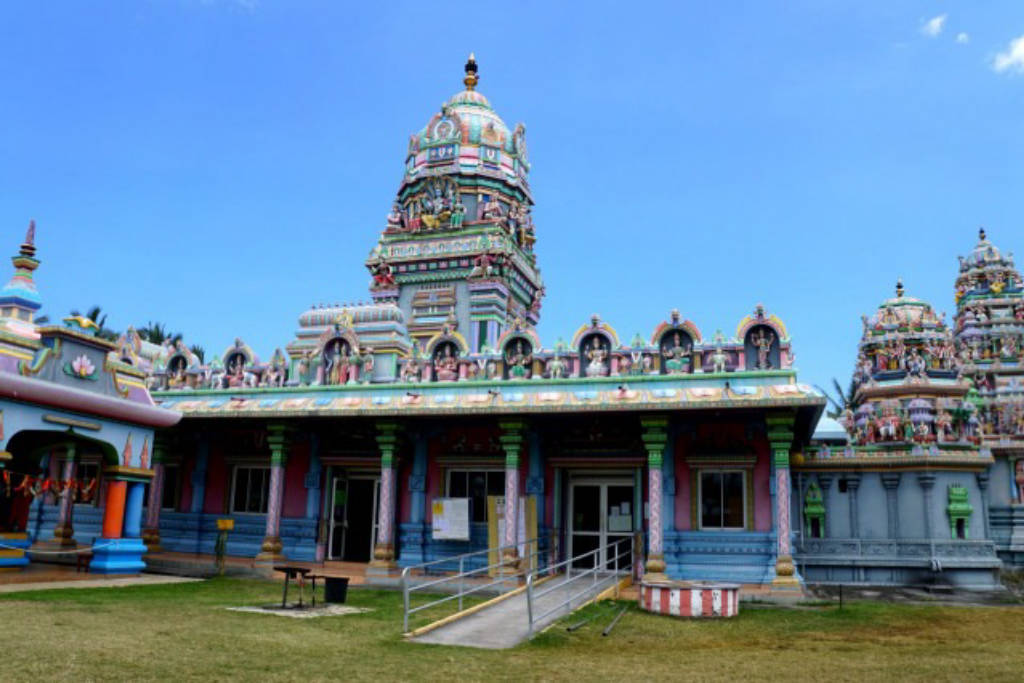Coming to Geneva, visitors can hardly ignore the Church of Saint-Pierre, a massive religious architecture located at Cr de Saint-Pierre, 1204 Genève, Switzerland.
Dating from 1150 as the Church of Saint-Pierre, the Romanesque church at the highest point of Geneva's old town has some Gothic elements. During the Protestant Reformation, in which Geneva played an important role, the name was changed to Temple de Saint-Pierre and it became a Protestant church.
John Calvin preached here from 1536 to 1564, and his followers stripped away the altars, paintings, and statues, leaving only the carved capitals and stained glass from its original decoration. . The two main towers, dating from the 13th century, were never completed. Visitors can climb to the top for stunning views of the lake and town, and a corridor connecting the two towers is a shortcut so visitors can climb both without having to return to the ground.
The metal cross-over tower was built in 1895, replacing a tower that was severely damaged by a fire in the 15th century. In 1749-56, the façade and west entrance were replaced by a fence of six Corinthian columns. Although their aesthetic elements do not harmonize with the architecture of the building, they do not lose the unity of the somewhat rustic interior. The decorated nave, with its passages separated by large and small piers, ends with a 12th-century choir and a semicircle; the side altar is short and narrow. The capitals of the late Romanesque and early Gothic style in the nave, aisle, choir and side altar of this place because the details and architecture are all meticulously and nicely depicted.
The stained-glass windows are reproductions from the original that appeared around the 15th century. They are now housed in the Musée d'Art et d'Histoire. Facing the aisle walls, its fifth bay houses the stalls of a Late Gothic choir with fine carvings from the demolished Chapelle des Florentins. In front of the last pillar of the north aisle is a triangular chair that is often attributed to John Calvin.
Adjacent to the southwest corner is the Chapelle des Macchabées, from 1406, a superb example of classical Gothic religious architecture, with vestiges from beautiful window work. Archaeological excavations beneath the cathedral reveal a vast underground labyrinth from the early Christian settlement of the hill, including Roman mosaics and two sanctus Christianity from the 4th century.
 Register
RegisterSign in Travel Agent
Sign in Supplier
Sign in Affiliate
Sign in Guru



 Cr de Saint-Pierre, 1204 Genève, Switzerland
Cr de Saint-Pierre, 1204 Genève, Switzerland